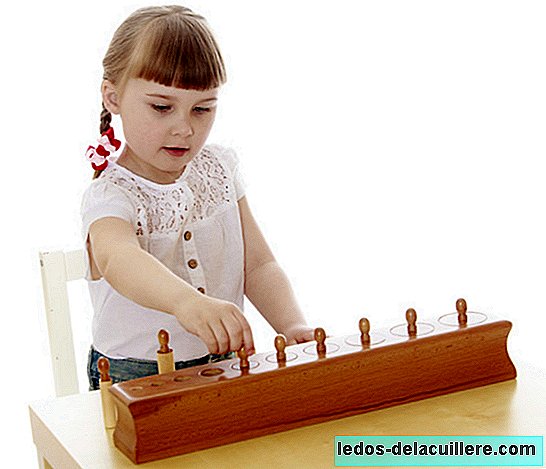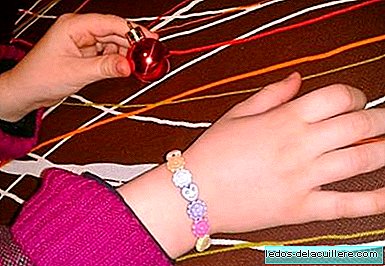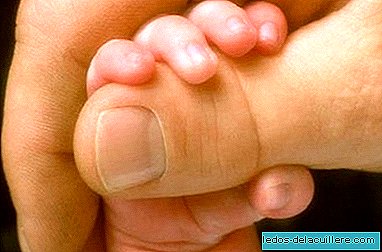When you start thinking about your child's education away from home, you have two options in principle: make a list of the ones that suit you by location, or you open an infinite universe of nurseries and schools in which you can get lost thanks to the many teaching methods that exist. If so, say goodbye to sleep for a few weeks while choosing what is best for your offspring.
At the moment I am not in a hurry, but I have immersed myself in the second option and I have run into Montessori, a method that catches my attention especially because it is anything but traditional and, why deny it, because it has become 'fashionable' thanks to the fact that Prince George (son of Prince William and the Duchess of Cambridge) attends a nursery that practices that method. Ah and an extra fact: the founders of Google also come from one of their schools.
What is the 'Montessori method' about and what makes it so special?
What this method proposes (created by María Montessori, the first Italian doctor who worked with children most of her life), is enhance the natural ability to learn from children, allowing them to be free to explore, play, move and socialize at their own pace... that way they develop their independence and teachers become counselors rather than people who control and lead a group.
Each child is considered an individual, so instead of a scheduled class, each one has a special planning and goals to work on (for example in the areas of mathematics, languages and science).
One of the premises of the Montessori philosophy is that the child is basically 'a sponge that absorbs everything' and that from 0 to 6 years it is possible to increase its potential with appropriate stimuli: 'little made' toys that stimulate their creativity, a lot of contact with nature and, above all, freedom of movement.

The classrooms in which the 'classes' are taught are characterized by being open spaces that have different areas where children can read, play, experience or practice mathematics. So the child can move freely within them and choose the activity that he wants to do at all times. This point is not a simple whim: it is because the method aims to respect the times when children are more willing to learn things about a specific area (called 'sensitive periods'), without tying them to a schedule that can generate frustration.
The hands are the most used resource because it is one of the first senses that we use to discover the world since we were born, so it is not uncommon to find materials such as sand, water, paints and construction elements ... everything that stimulates your sensory capacity can Be used as material.
One of the things that attracts my attention most about this method is that, despite promoting children's independence, they learn to work in a team and with a great sense of collaboration... that in the end it is the easiest way to achieve a common goal.
How can we know if this method is suitable for my child?
We know that every child is a world and that is why not any method can work for each of them. There is no manual that indicates if this is ideal for your child, but intuitively it is perceived that the child must have an 'adventurous spirit' to launch to try new activities day after day and on your own.
In theory, the sooner the child begins to be stimulated under the Montessori methods, it will be more easily coupled to the classrooms that practice it. But nevertheless It is vital to keep in mind if the child will at some time attend a college or institute that practices traditional teaching, since the change can be too drastic ... having to face some rules, a teacher who marks what you should study at all times and above all, an environment where competition is the daily bread can be very frustrating for them.
If we are thinking of enrolling our children in one of the centers that follow the Montessori philosophy, it is also important to keep in mind that it is a name that is freely used, so we must make sure before the professionals are properly trained in the methodology.
Images | iStock












